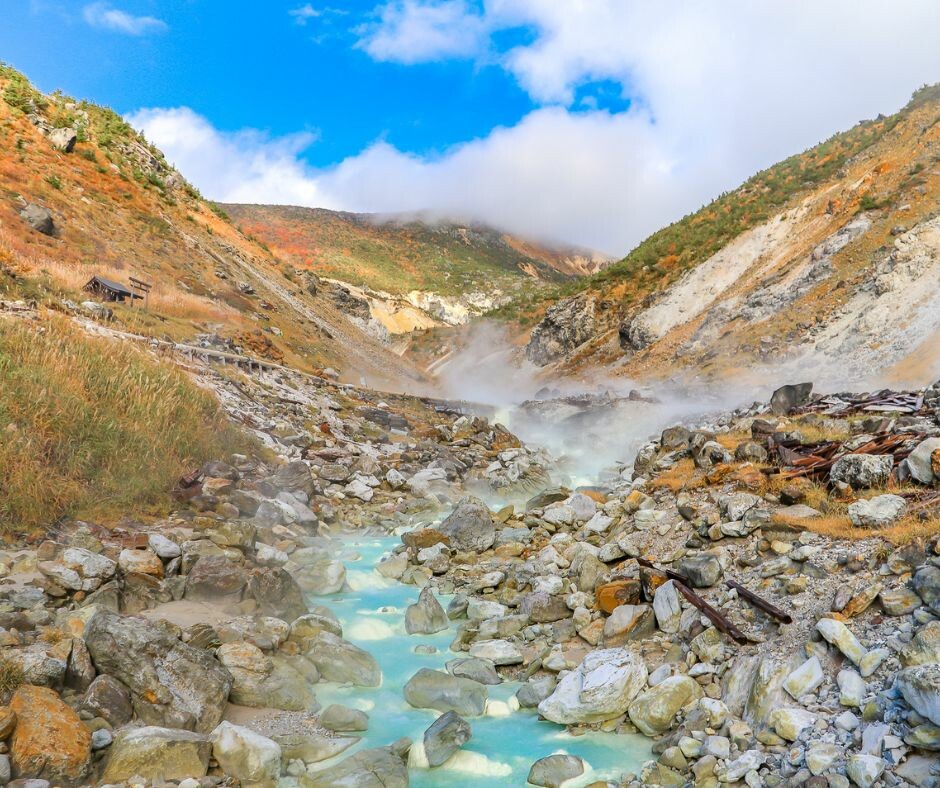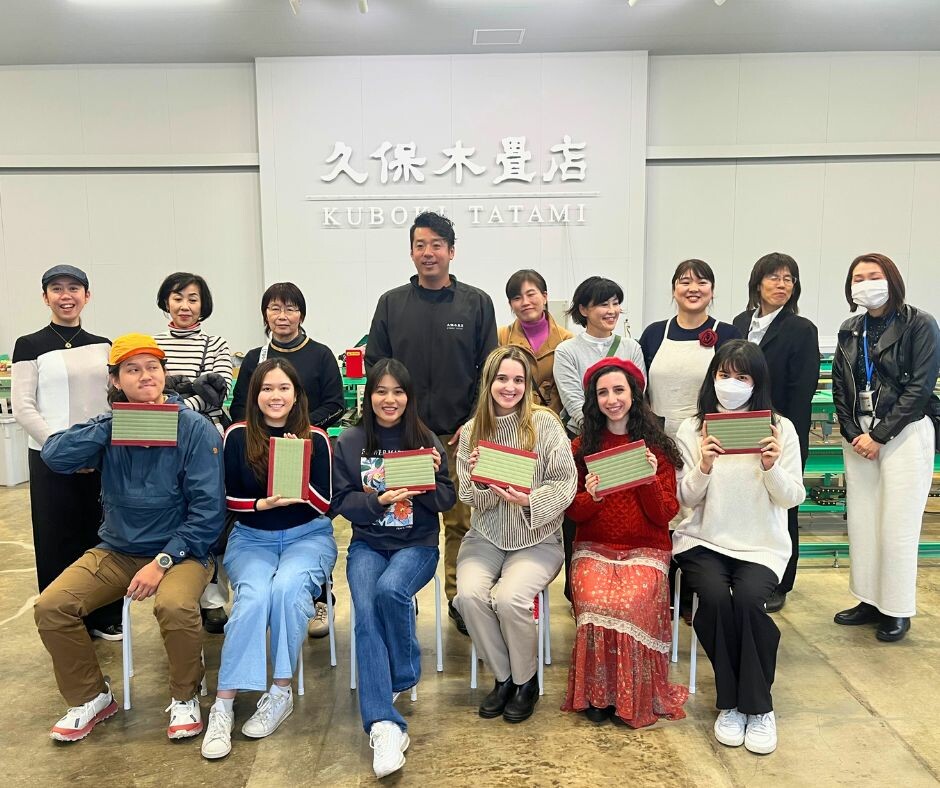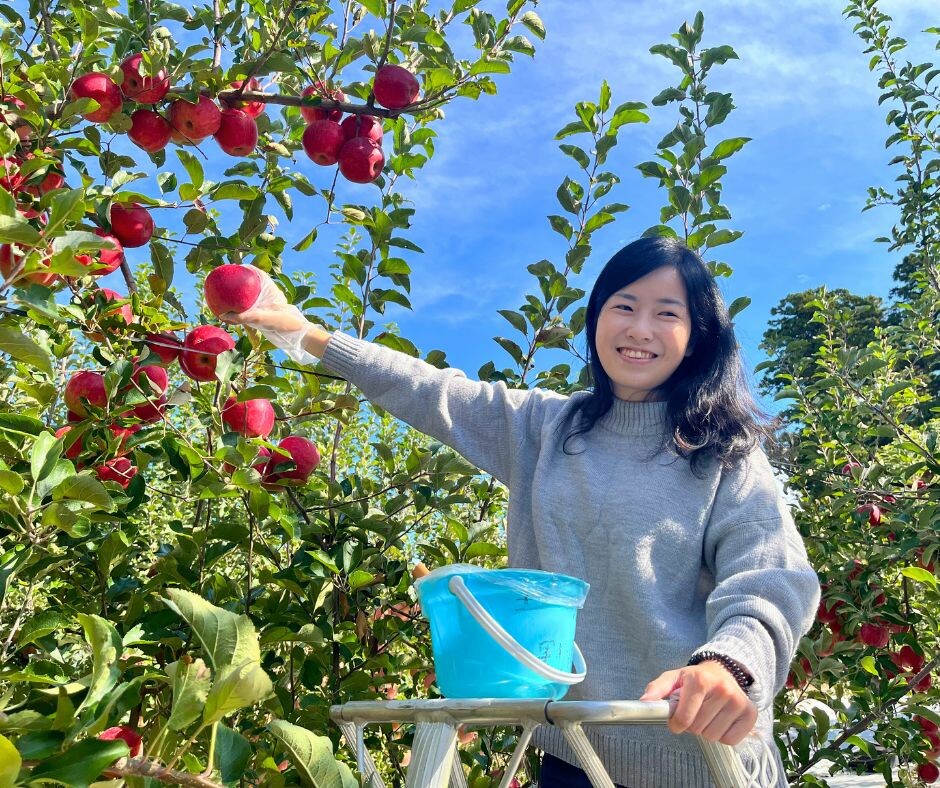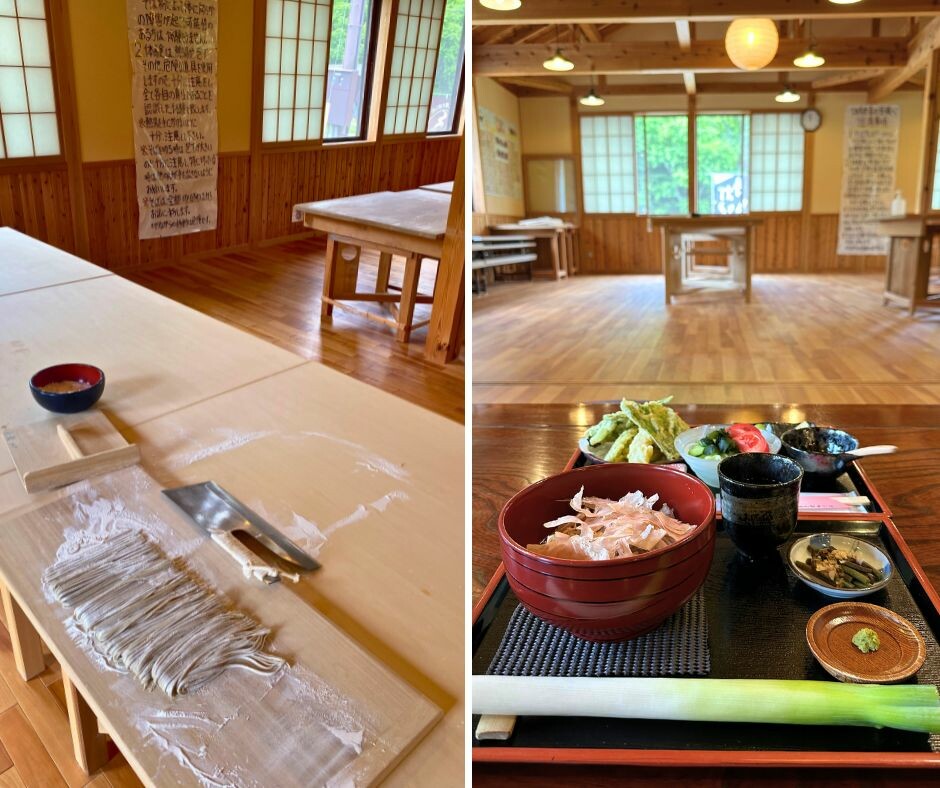
Apart from exploring Fukushima’s extraordinary landscapes and indulging in its cuisine, plenty of travelers seek opportunities to engage with local communities through hands-on experiences. Japan’s third-largest prefecture, Fukushima, has a diverse and rich history, which is reflected in the variety of activities that visitors can enjoy. Here are some meaningful travel experiences unique to Fukushima.
1. Explore the Extreme Side of Fukushima: Ebisu Circuit Drift Taxi Experience & Extreme Onsen (available April-November)
Fukushima’s central area is home to active volcanos and mind-bending cliffs that make even experienced hikers jitter with adrenaline. It is no surprise, therefore, that two of the most extreme activities in the prefecture can be enjoyed in this region.

The Drift Taxi Experience at the Ebisu Circuit in Nihonmatsu is a thrilling drift ride by a seasoned driver who takes participants through several courses full of twists, turns, and speed. It is the most popular experience on our website and offers a rare opportunity to drift in Japan alongside famous drivers.
The Extreme Onsen Experience at Numajiri Onsen is another unique and popular activity. Alongside a guide, you will hike through volcanic terrain to reach a wild hot springs river source where you can soak in and contemplate the surrounding mountain peaks. This experience is perfect for those looking for an adventure, as it combines outdoor sports and relaxing in wild hot springs. Additionally, participants enter the hot springs in a swimsuit (and those with tattoos are also welcome!).

2. Get Creative and Make Your Own Souvenirs
By participating in a craft workshop, you can learn about traditional crafts hands-on by making your own. This helps craftspeople continue to develop their industry while encouraging others to learn about and appreciate their work—plus, you get to take home a unique souvenir. Here are some craft workshops you can join in Fukushima:

- In Aizu-Wakamatsu, you can paint your own Akabeko (Fukushima’s lucky red cow) at a souvenir shop a short walk away from the Tsurugajo Castle, or paint on lacquerware using traditional techniques at Suzuzen, a lacquerware shop and museum.
- Takashiba Dekoyashiki, also known as Takashiba Craft Village, is a traditional crafts-making village that looks suspended in time. Here, you can paint a papier-mâché fox mask, and explore the fascinating history of its close-knit community.
- Even today you can make washi, traditional Japanese paper, by hand in Nihonmatsu. The area has a history of over 1,000 years producing Kami-Kawasaki Washi paper, a local variety of Washi paper. At its Washi Denshokan (Washi Traditional Crafts Gallery) you can make a postcard out of washi and decorate a lampshade.
- You can assemble a tatami coaster at Tatami Village in Sukagawa City. Kuboki Tatami is a centuries-old family business that has honed the skill of producing and manufacturing tatami mats.

3. Pick Your Own Fruit at Japan’s ‘Fruit Kingdom’
Eating locally-grown food is a great option to make your travel more sustainable, and there is a wide variety of locally sourced produce to try in Fukushima. Apart from the many restaurants that use local ingredients, several farms and orchards offer a 30-minute all-you-can-pick course in which you can taste seasonal fruit (typically available from late June to December). You can book a fruit-picking experience at Marusei Orchard, for instance, and afterward, visit their cafe to try their delicious fruit parfaits.

4. Traverse the Mugenkyo Ravine by Ferry Boat
Mugenkyo no Watashi is a ferry boat that traverses the Tadami River in Western Fukushima Prefecture. The ride is the brainchild of a local man, Hoshi-san, whose hometown disappeared due to a landslide. Refusing to let the beauty of the area disappear forever, he decided to craft an experience for others to see the stunning natural scapes while traversing the Tadami River, which often gets misty, creating a mysterious atmosphere. During this peaceful boat ride, you can sit back and relax to the sounds of nature as Hoshi-san and/or someone from his team takes you on a relaxing ride. The experience is only offered from spring to autumn each year (roughly from April to November) due to heavy snowfall in the area during winter.

5. Enjoy (or Make!) the Local Noodle Specialties
Noodles are a key ingredient in some of the most famous dishes in Japanese cuisine, and a few signature foods in Fukushima. Kitakata ramen is considered one of Japan’s big three ramen varieties, and visitors to Kitakata City can not only taste this delicious dish but also try their hand at making it under the guidance of a local expert (and then enjoy a delicious bowl of handmade ramen complete with toppings). The city is all about ramen, to the point that they famously have a tradition of enjoying ramen for breakfast (known as asa-ra!).
Also famous is Ouchi-juku’s negi-soba, a bowl of buckwheat noodles eaten with a whole green onion as a utensil. At Ouchi-juku’s soba dojo, you can make the noodles from scratch, after which the staff will boil them for you and prepare the rest of the ingredients. Wait a few minutes, and you can enjoy a steamy bowl of negi-soba of your own making before you go back to exploring the town.

Note: The Ouchi-juku buckwheat (soba) noodles are typically made using a mix of buckwheat and wheat flour, but it is possible to request an alternative version using only buckwheat flour (which would make the noodles gluten-free). Please note, however, that there may be cross-contamination, as regular noodles are prepared in the same space.
More Experiences Await
From learning samurai martial arts to riding a horse along the coast, there are many more activities to try in Fukushima, which you can request directly through our website. Once you place your booking, we will contact the provider and let you know within a few days whether the date and time you requested are available. If you have any questions about visiting Fukushima or booking experiences through our website, please feel free to send us a message!



